Please login or click here to join.
Forgot Password? Click Here to reset pasword
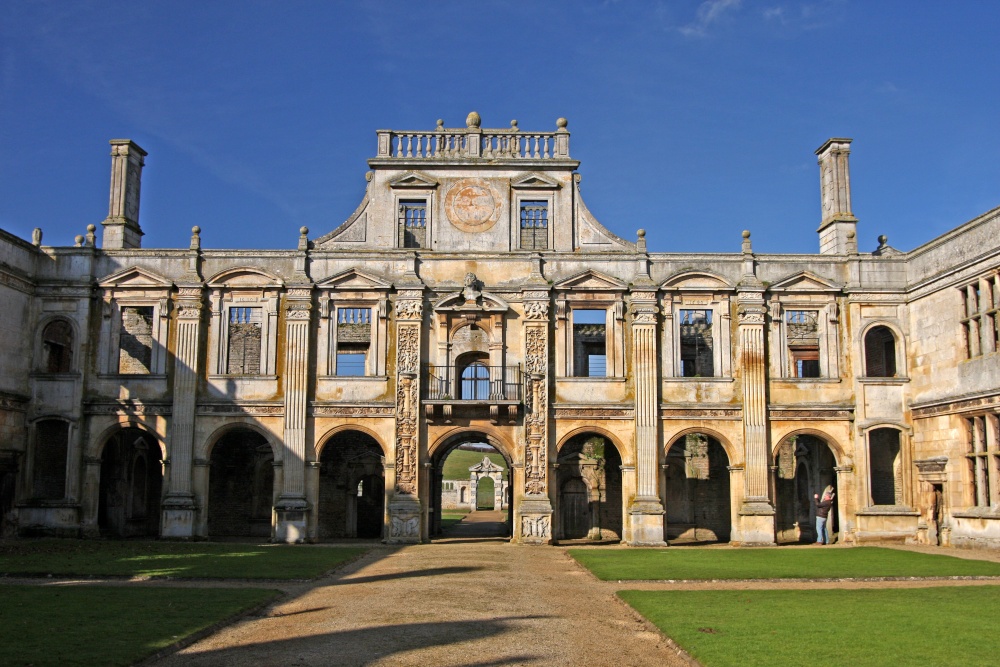
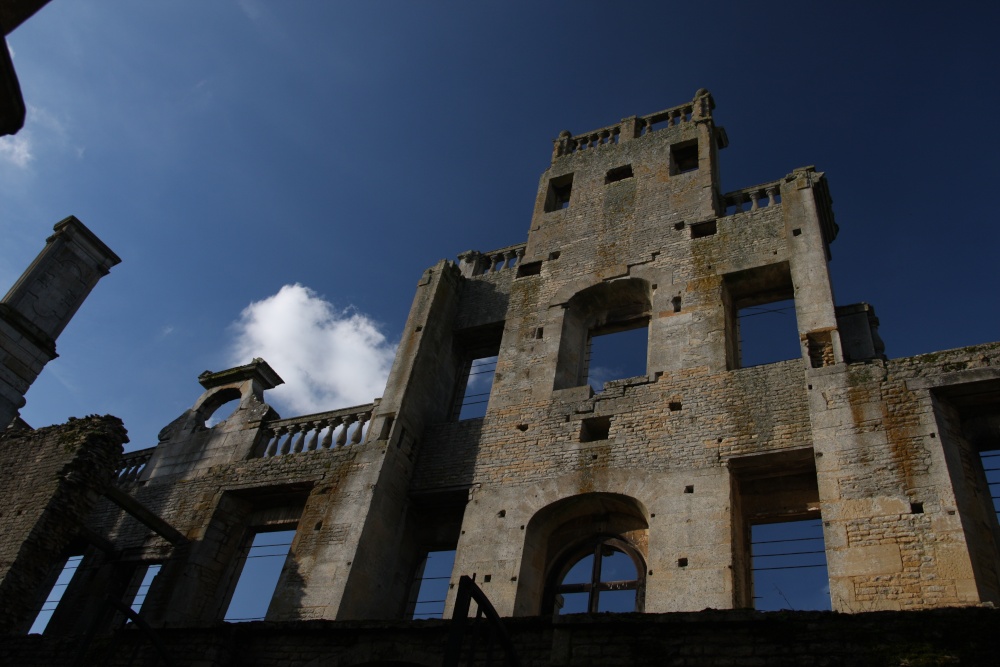
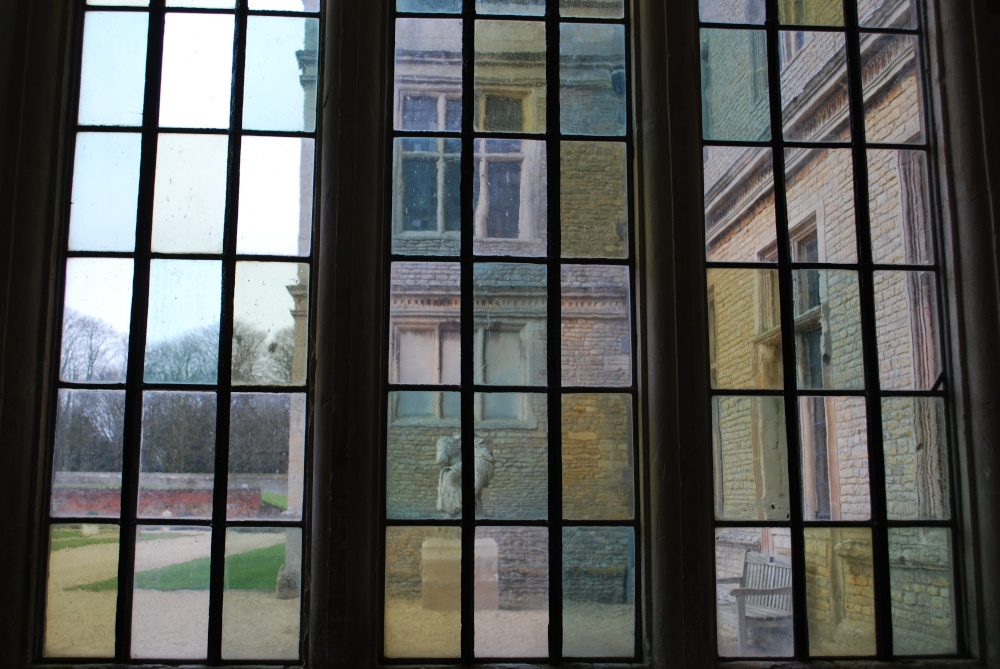
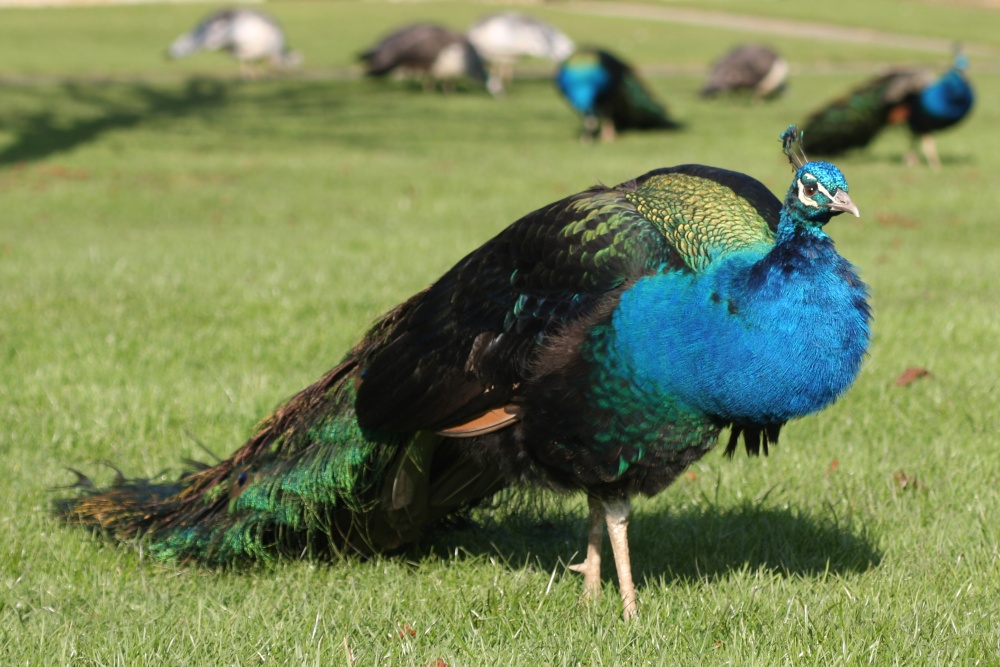
Looking around the romantic ruin of Kirby Hall it is easy to imagine the splendour of an age when romance was all, and great houses were built in the hope of receiving the Queen as she made her regal way around the country. Such a house was Kirby Hall.
Kirby Hall was begun in 1571 for Sir Humphrey Stafford who was descended from the Earls of Stafford but Sir Humphrey died before the house was completed, it was later sold to Sir Christopher Hatton, a gifted and ambitious courtier of Queen Elizabeth I. The hall was originally arranged in the medieval manner around a large courtyard, Sir Christopher immediately set about enhancing the property to make it a fitting place in which to entertain the Queen. He added the magnificent bow-fronted reception rooms and the obelisk-capped gables around the outside. The house was elaborately decorated and furnished with fine furniture, paintings and tapestries, and the gardens and grounds were laid out in the formal style of the day.
In the 17th-century Sir Christopher's grandson made further alterations, adding superb windows, pediment gables and an imaginative centrepiece. For more than two hundred years the Hatton family continued to make spectacular alterations to the building, making it famous throughout the land, for its magnificent architecture and lavish interior.
Viewed from a distance, the house looks as though it is lived in. The famous facade glitters in the glow of the warm summer sun although it is now naught but a near empty shell you can still see its stunning architecture, and in the hall range (which is still roofed) a grand stone staircase leads to a series of magnificent empty rooms with large windows giving extensive views over stunning parkland.
The Hatton family continued to own Kirby Hall until the 20th-century when in 1930 it was taken over by the Office of Works as an ancient monument. Today, these historic ruins form an important piece of English architectural history and the building is cared for by English Heritage.
Kirby Hall formed the enchanting setting for the filming of Jane Austen's novel Mansfield Park. It is open to the public throughout the year and is well worth seeing.
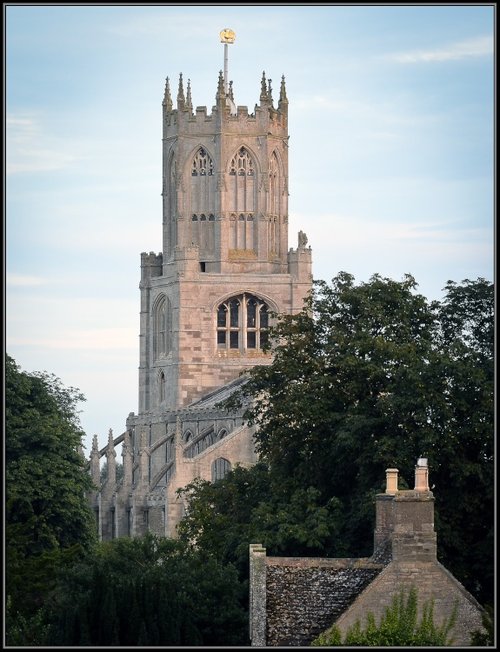
in the county of Northamptonshire
(8.4 miles, 13.5 km, direction E)The lantern tower of the Church of St. Mary and All Saints at Fotheringhay shines through the deepening shadows of the great trees that frame it, shadows matched in darkness by those less visible that haunt the village where the final tragedy of Mary, Queen of Scots was enacted...

in the county of Leicestershire
(8.6 miles, 13.9 km, direction W)Easter Monday sees the villages of Hallaton and Medbourne engaged in a riotous 'bottle kicking' contest which is said to have pagan origins...
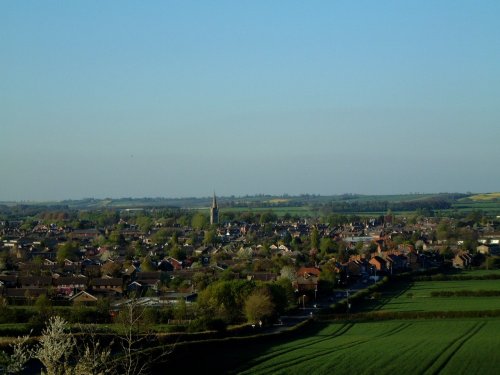
in the county of Rutland
(10.8 miles, 17.4 km, direction NW)For centuries the countryside around Oakham has echoed to the sound of hunting horns, for the vales and rolling farmland surrounding this sedate market town, have been the stamping ground for the counties hunting fraternity...

a Historic Market Town in the county of Lincolnshire
(10.9 miles, 17.6 km, direction NE)Of the 17 churches, only 6 now remain in Stamford, which is without doubt, one of the finest medieval towns in the British Isles, if not in Europe...
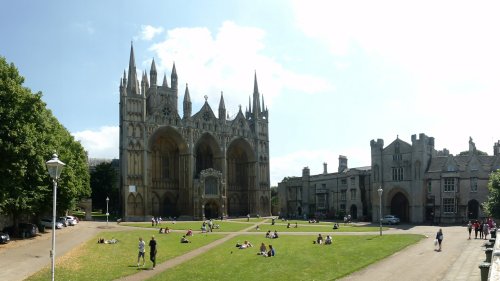
a Historic City in the county of Cambridgeshire
(17.0 miles, 27.4 km, direction E)The magic of Peterborough lies in the richness of its beautiful Cathedral. It is a glorious historical treasure house, it is unique and quite beyond compare...
All towns in Northamptonshire
..

..

..
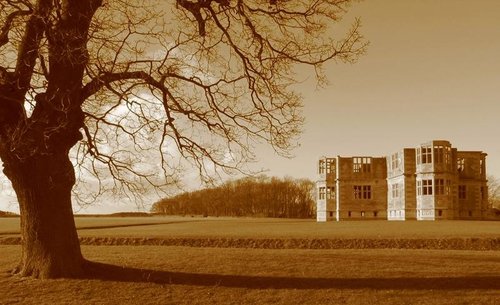
This magnificent ruin is a rare romantic survival from the great Elizabethan period. The landscape on which the relic of this.....
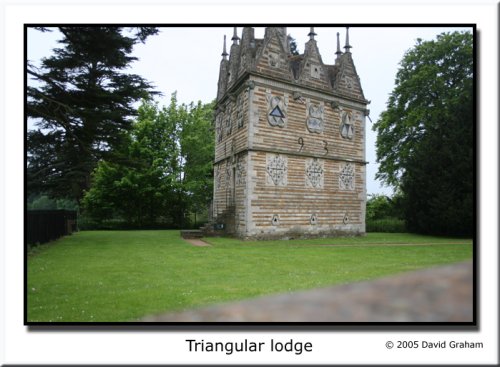
..